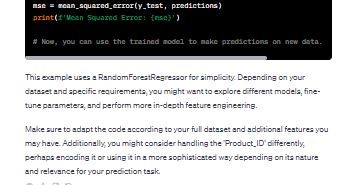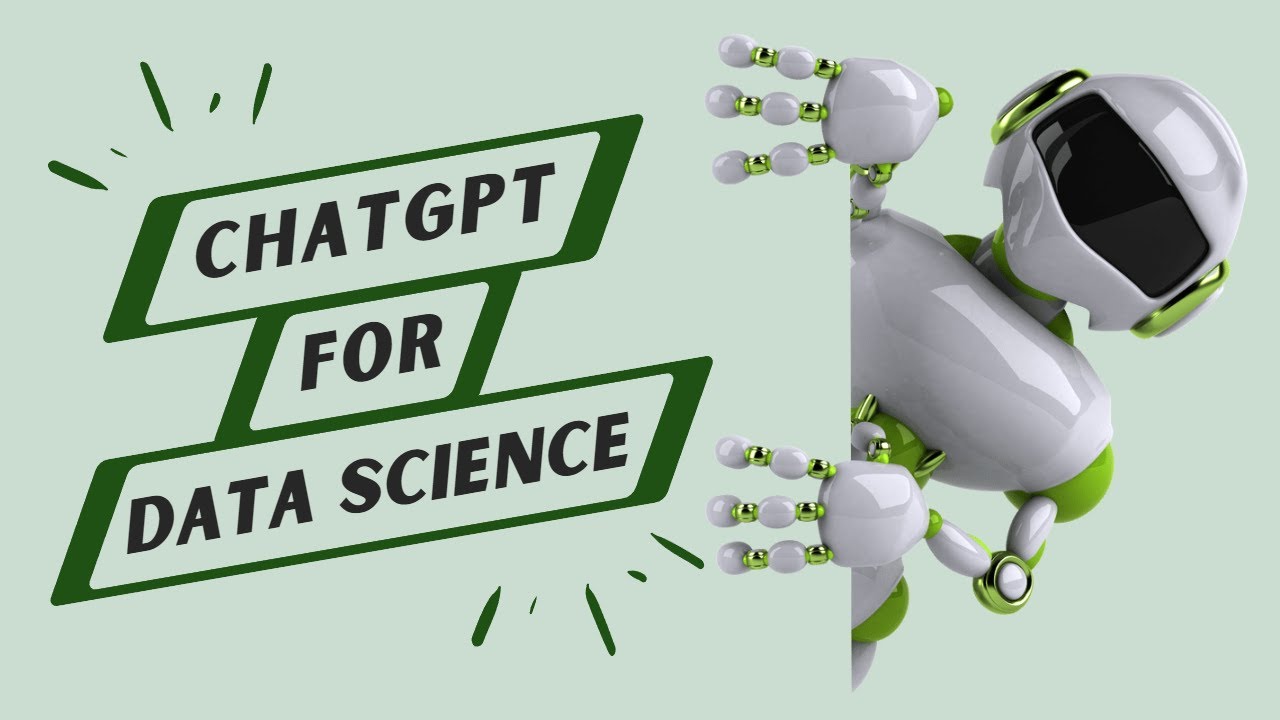What if you could get an immediate understanding of vast amounts of data with the help of simple prompts? What if you could gain insights and make predictions with the utmost accuracy?
Well, the tool that makes it all possible is ChatGPT.
A language model developed by OpenAI, ChatGPT, is capable of revolutionizing the way we approach data science.
ChatGPT is a very flexible tool for a range of data science tasks since it can produce natural language responses to prompts by training on large volumes of data.
In this blog, we’ll understand the growing need for ChatGPT for data science and why every data scientist should use AI tools.
Why Do Pro Data Scientists Need To Learn To Use AI Tools?
The world is rapidly changing.
Tools like ChatGPT are a game changer, enabling users to get tasks done in minutes that are time-consuming.
Here are a few reasons any pro data scientist should consider utilizing AI:
- Boost your productivity and performance
- Invest more time in the valuable activities
- Automate mundane, unimportant tasks
- Utilize AI tools to learn and get questions answered faster
- Utilize AI to quickly check your work
- Stay competitive in your field
Now let’s find out how to use ChatGPT prompts as a data scientist.
Few Examples of ChatGPT Prompts
For data scientists, ChatGPT can be useful in multiple ways, specifically in data visualization. So, let’s find out below:
#Prompt 1:
Enter the prompt
“You are given the dataset of the retail outlet comprising customer transactions. Every row has product details, customer demographics, and the total purchase amount from a month ago. The sample dataset is given below.”

Now, the ChatGPT responds back, asking for the dataset. In the next prompt, we’ll provide the sample dataset.
#Prompt 2
User_ID,Product_ID,Gender,Age,Purchase
100,P00370,F,18-25,371
101,P00371,M,41-45,24
102,P00372,F,26-35,12
103,P00373,M,18-25,48
104,P00374,M,25-35,244
105,P00375,M,55+,12
106,P00376,F,26-35,129

Let’s now request that ChatGPT generate the code required for creating a model that will predict the target variable “Purchase.”
#Prompt 3
Enter the prompt:
“I want you to act as a data scientist and write code for me. Develop a machine learning model to predict the Purchase variable from the above dataset.”



As you see view above, ChatGPT generated the code for creating the machine-learning model.
If you want to know how to write prompts, consider taking a good data science certification program that familiarizes you with many other related concepts.
Best Applications of ChatGPT for Data Science Projects
In this section, check the applications where ChatGPT works best for data science projects:
- Feature Engineering
Feature engineering is the process of transforming unprocessed data, which is extremely useful for machine learning model features. This can be used to add new features, modify already-existing features, or eliminate irrelevant features.
Many of the feature engineering tasks can be automated with ChatGPT. For instance, you can ask ChatGPT to create new features based on existing features or to convert existing features into ones that are more helpful.
- Data Visualization
Data visualization is the method of converting data into visual representations that are simply understood by humans. It can be useful in informing stakeholders about the results of data science projects.
Data scientists can utilize ChatGPT to perform data visualization, by asking it to create graphs, charts, and other visualizations.
- Exploratory Data Analysis (EDA)
One of the greatest methods for examining and discovering the data and learning about the distribution process, relationships, and patterns is exploratory data analysis (EDA). It is a crucial stage in any data science project since it helps in the understanding of the data and the identification of the key features for modeling.
As it can be used to create questions for trends and pattern identification as well as provide ideas for future investigation, ChatGPT can be one of the most useful tools for EDA.
- Model Training
The third-best method for getting a machine-learning model to fit a set of data is model training. Selecting a model, defining its hyperparameters, and optimizing the model’s parameters are all involved.
ChatGPT is a tool that data scientists can use to automate various model training processes. For instance, you may ask ChatGPT to generate code for machine learning model training or to optimize model hyperparameters.
Drawbacks of Using LLM Tools
Any tool has both positive and negative aspects.
LLM tools sound quite confident, as you’ll get an immediate answer to your question. However, the solution you get might not be the ideal one.
The LLM tools available today are extremely general and may not have the deep knowledge of a particular subject or domain expertise that you require.
Common sense and human judgment cannot be replicated by LLMs, at least not yet. The open internet is used to train these models. There is a lot of false information out there, and the models aren’t very effective at distinguishing between the two.
Generally speaking, you should use good judgment when deciding what you should and shouldn’t be doing with these tools and carefully consider the answers you are receiving.
You can speed up and automate some of the more tedious tasks in the analytics workflow with LLMs if you can accomplish that and continue to be aware of their existing limits.
Conclusion
Now, we have seen above how to utilize ChatGPT for data science. You can automate your complete coding with ChatGPT relevant to the dataset.
However, ChatGPT sometimes provides glitchy AI content. At that time, you need to make the necessary corrections and regenerate the content. It can rectify its own errors and learn from them.
Ultimately, we realized how crucial it was to use the appropriate prompts in ChatGPT for data scientists in order to achieve the desired outcomes.

